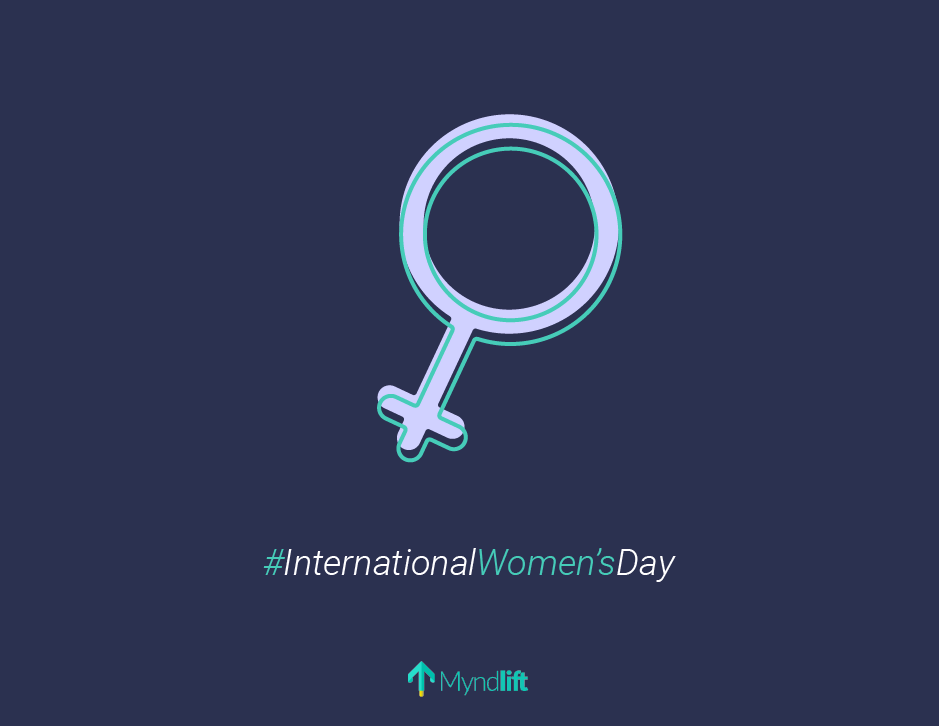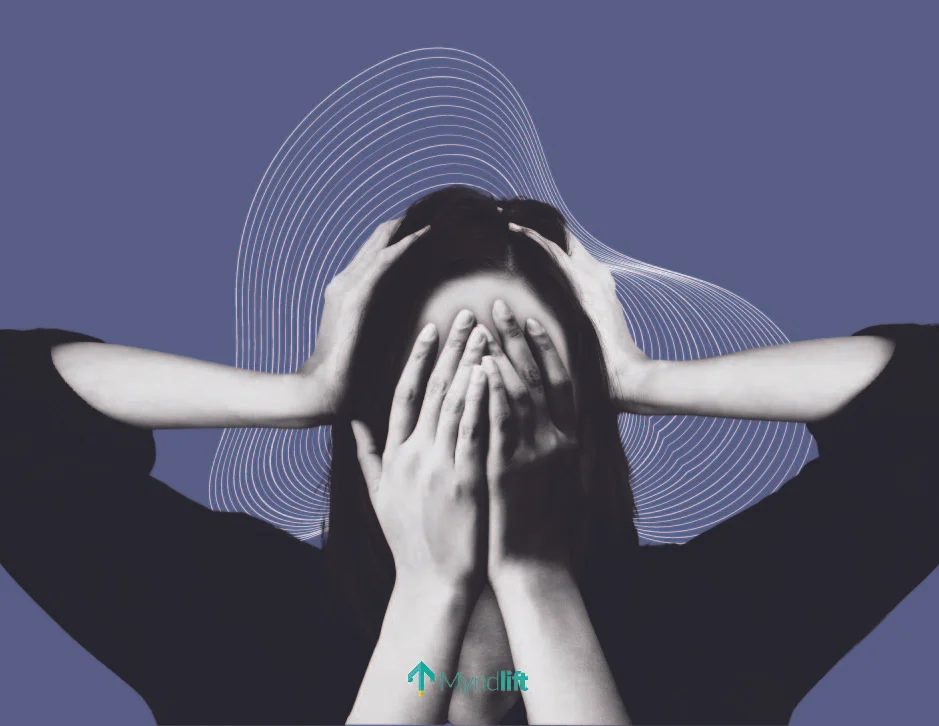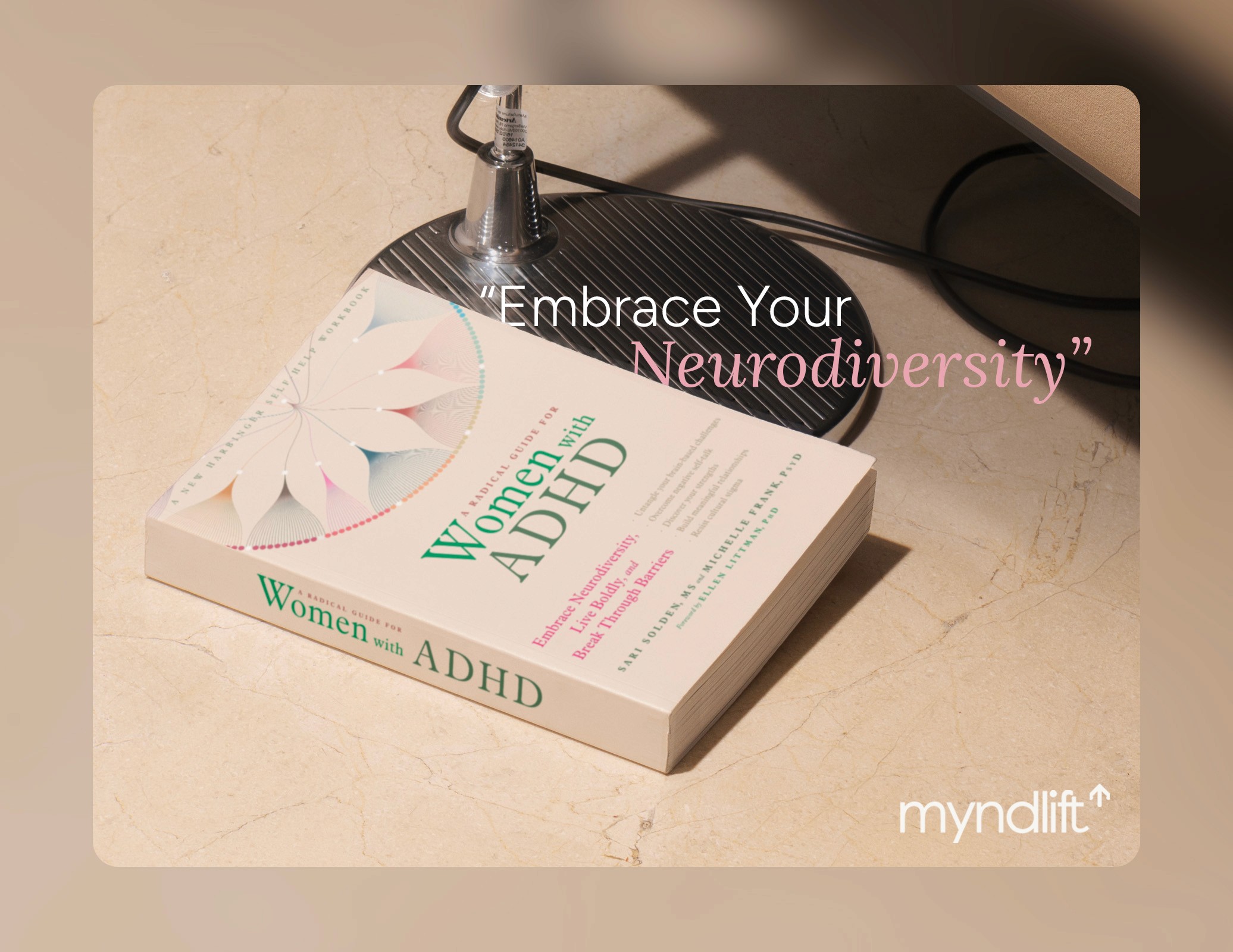Mental health struggles can affect anyone; they affect people of all ages, races, genders, and social classes. No one is immune.
And yet, women report more mental health struggles than men. However, this is not because women are more comfortable about speaking up or seeking help. The reason behind the gender gap is a combination of biological, social, and psychological factors.
1. Women Are Far More Anxious Than Men
Fear. Muscle tension. Irritability and constant worry. These are some of the most common symptoms of an anxiety disorder.
"Anxiety disorder" is an umbrella term that includes generalized anxiety disorder (GAD), panic disorder, social anxiety disorder, obsessive-compulsive disorder (OCD), post-traumatic stress disorder (PTSD), and phobias (to learn more about phobias check out the Mental health website).
But even though anxiety is one of the most common mental health conditions, research shows that women are twice as likely as men to be diagnosed with an anxiety disorder.
One of the reasons women are more likely to experience anxiety than men are hormone fluctuations. Research shows that the surge of progesterone and estrogen during pregnancy may increase the risk for obsessive-compulsive disorder, a type of anxiety disorder characterized by disturbing and repetitive thoughts, impulses, and obsessions that can be distressing and debilitating.
But the reason behind the gender gap is not just women's stress response or hormonal differences. Compared to men, women are far more likely to experience physical or mental abuse. And facing abuse is often linked to developing a specific type of anxiety disorder: PTSD.
2. PTSD Is More Common in Women Than Men
Women are twice as likely to develop post-traumatic stress disorder (PTSD).
PTSD is an anxiety disorder caused by exposure to a traumatic event, often appearing after the event and characterized by feelings like guilt, isolation, irritability, difficulty sleeping, and difficulty concentrating.
The significant gap between men and women with PTSD is likely a result of women facing specific types of trauma more often. For example, about 1 in 3 women have experienced sexual violence, physical violence, and/or stalking by an intimate partner in their lifetime.
Furthermore, PTSD diagnostic criteria tend to focus more on internalizing symptoms which women are more likely to face in response to a traumatic event. Internalizing symptoms include anxiety, sadness, social withdrawal, and fearfulness while externalizing symptoms include overactivity, poor impulse control, noncompliance, and aggression.
According to the U.S. Department of Health and Human Services, while men typically go a year after the condition's onset before being diagnosed and starting treatment, women average four years between symptoms and diagnosis. If left untreated, women with PTSD might experience an exacerbation of symptoms and are more likely to develop comorbid disorders.
3. Women Are More at Risk for Depression
Depression has many faces, and it doesn't play favorites. It strikes both women and men when they least expect it, at any time of their life, and touches each person differently with different symptoms and reactions.
And even though depression can afflict just about anyone, numerous studies have shown a gender gap in disorder prevalence, with women experiencing depression more often than men.
But why is that?
1. Hormonal differences: The fluctuating estrogen levels during menstrual cycles, pregnancy, and menopause can trigger depressive episodes. In fact, certain types of depression are unique to women, such as:
Premenstrual dysphoric disorder: A mood disorder characterized by depressive symptoms that occur before the menstrual cycle.
Perinatal depression: A mood disorder that can affect women during pregnancy and after childbirth.
Perimenopause-related depression: A mood disorder linked to the transition that women go through prior to menopause.
2. Internalization: According to research, women are more likely to internalize negative events and feel guilty or ashamed even though they are not to blame for the cause, which often results in withdrawal, loneliness, and depression. On the other hand, men are more likely to externalize, which can lead to aggressive and impulsive behavior.
3. Social roles: The way women are raised and expected to act can contribute to depression. Some of the causes are being taught not to show anger or assertiveness, feeling the need to be “small” or not take too much space, lack of support with childcare or household chores, and discrimination in professional settings.
4. ADHD Is Underdiagnosed in Women
ADHD stands for attention deficit hyperactivity disorder, a neuro-behavioral disorder characterized by an ongoing pattern of inattention and/or hyperactivity/impulsivity.
During their lifetime, 13% of men will be diagnosed with ADHD whereas just 4.2% of women will be diagnosed. This is not because more men have ADHD than women; the reason behind these statistics is that many women go undiagnosed due to a combination of factors, such as:
Diagnostic criteria: The requirement held by the Diagnostic and Statistical Manual is that symptoms must appear by the age of 12. However, girls' ADHD symptoms typically become more prevalent when they move away from home to go to college and face difficulties with independent living.
Lack of understanding of symptoms in women: When compared to men, women with ADHD report more anxiety, more distress, more depressive symptoms, as well as feeling that they lack control over what is going on in their lives. Because of these symptoms, they may be diagnosed correctly or incorrectly as depressed, and their ADHD may be overlooked.
According to Dr. Patricia Quinn, author of Understanding Women with ADHD, the average age of diagnosis for women with ADHD who weren't diagnosed as children is 36 to 38 years old. Before that time, girls and women are often misdiagnosed as having depression or an anxiety disorder.
Without an accurate diagnosis and resulting treatment plan, women cannot treat their symptoms and are deprived of the opportunity to improve their quality of life.
This is why discussing women's mental health is so important. And the change starts with you. By having a voice in conversations about mental health, you can do your part to help women better understand their mental health and seek the help they may need.
The gender differences in mental health cannot be overlooked any longer and continue to contribute to a widening of the social gender gap. Raise your voice and be an advocate for women’s health – mental and otherwise!
Multiple Myndlift users report monthly about changes in their behavior and lifestyle. Get matched with a Myndlift Provider, either by finding one in your area or by enrolling in our Total Remote program.
About the author:
Dubravka Rebic
Dubravka Rebic puts a lot of time and energy into researching and writing in order to help create awareness and positive change in the mental health space. From poring over scientific studies to reading entire books in order to write a single content piece, she puts in the hard work to ensure her content is of the highest quality and provides maximum value.
References
Otten D, Tibubos AN, Schomerus G, Brähler E, Binder H, Kruse J, Ladwig KH, Wild PS, Grabe HJ, Beutel ME. Similarities and Differences of Mental Health in Women and Men: A Systematic Review of Findings in Three Large German Cohorts. Front Public Health. 2021 Feb 5;9:553071. doi: 10.3389/fpubh.2021.553071. PMID: 33614574; PMCID: PMC7892592.
Remes O, Brayne C, van der Linde R, Lafortune L. A systematic review of reviews on the prevalence of anxiety disorders in adult populations. Brain Behav. 2016 Jun 5;6(7):e00497. doi: 10.1002/brb3.497. PMID: 27458547; PMCID: PMC4951626.
King MW, Street AE, Gradus JL, Vogt DS, Resick PA. Gender differences in posttraumatic stress symptoms among OEF/OIF veterans: an item response theory analysis. J Trauma Stress. 2013 Apr;26(2):175-83. doi: 10.1002/jts.21802. Epub 2013 Mar 22. PMID: 23526678.
Soares CN, Zitek B. Reproductive hormone sensitivity and risk for depression across the female life cycle: a continuum of vulnerability? J Psychiatry Neurosci. 2008 Jul;33(4):331-43. PMID: 18592034; PMCID: PMC2440795.
Merikangas KR, He JP, Burstein M, Swanson SA, Avenevoli S, Cui L, Benjet C, Georgiades K, Swendsen J. Lifetime prevalence of mental disorders in U.S. adolescents: results from the National Comorbidity Survey Replication--Adolescent Supplement (NCS-A). J Am Acad Child Adolesc Psychiatry. 2010 Oct;49(10):980-9. doi: 10.1016/j.jaac.2010.05.017. Epub 2010 Jul 31. PMID: 20855043; PMCID: PMC2946114.
Russell EJ, Fawcett JM, Mazmanian D. Risk of obsessive-compulsive disorder in pregnant and postpartum women: a meta-analysis. J Clin Psychiatry. 2013 Apr;74(4):377-85. doi: 10.4088/JCP.12r07917. PMID: 23656845.
Scott JC, Pietrzak RH, Mattocks K, Southwick SM, Brandt C, Haskell S. Gender differences in the correlates of hazardous drinking among Iraq and Afghanistan veterans. Drug Alcohol Depend. 2013 Jan 1;127(1-3):15-22. doi: 10.1016/j.drugalcdep.2012.06.003. Epub 2012 Jul 4. PMID: 22770463.
YuChi Lin, Helen Payne. Movement speaks of culture: A study focusing on women with depression in Taiwan, The Arts in Psychotherapy, Volume 64,
2019, Pages 39-48, ISSN 0197-4556.
Julia J. Rucklidge, Rosemary Tannock. Psychiatric, Psychosocial, and Cognitive Functioning of Female Adolescents With ADHD, Journal of the American Academy of Child & Adolescent Psychiatry, Volume 40, Issue 5,
2001, Pages 530-540.
Kathleen M. Nadeau. Understanding Women with AD/HD, 2002.







